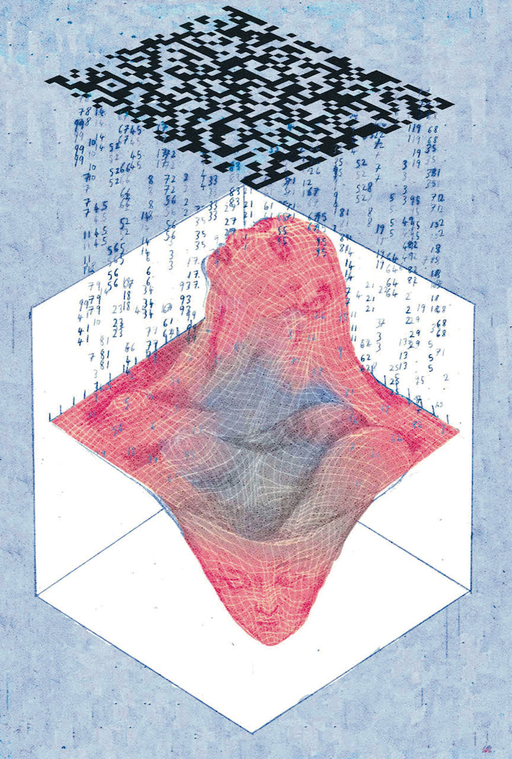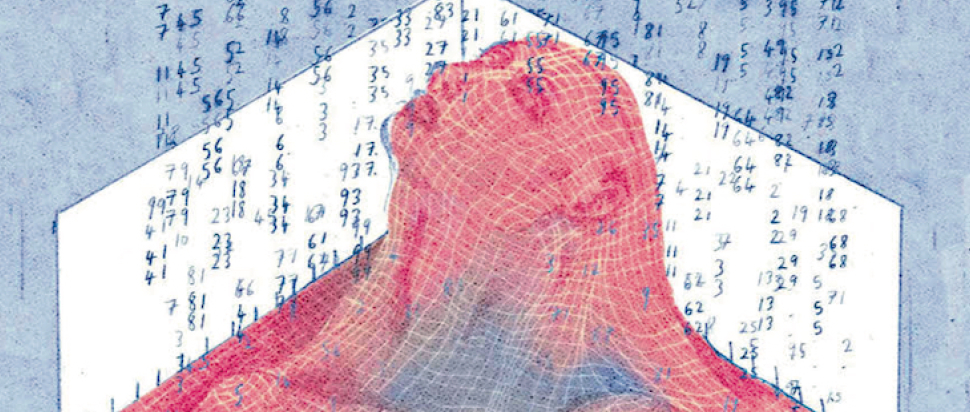Counting Communities: Using LGBTQ+ data to take action
The next Scottish census takes place in March 2022 and aims to shine a light on LGBTQ+ communities. Kevin Guyan, author of Queer Data, reflects on what the census could mean for communities that have been historically understood as ‘hard to reach’
What happens when you can’t find yourself in a system designed to capture your existence? Researchers describe communities as ‘hard to reach’ when they struggle to engage them in their studies. But where does the fault lie when two things fail to reach: the researcher doing the looking or the community they expect to find?
Scotland’s next census is taking place on Sunday 20 March 2022. Describing itself as ‘The most complete source of information about who lives in Scotland’, the census shines a light on some communities and positions them as something ‘known’ to the Scottish Government. This issue is particularly pertinent this year as the census includes two new questions about communities that are historically understood as ‘hard to reach’: LGBTQ+ people.
An intersectional undercount
Even with the best intentions, a census will not capture information about everyone in its target population. The gap between who census officials expect to participate in a census and who actually returns information is described as an undercount. When capturing data about identity groups, the level of undercount is often unevenly spread.
Studies from the United States show that when racial and ethnic data is collected in a census, people of colour are less likely to be counted than white people. This uneven undercount means that, in theory, whereas 95% of white respondents might return information, this figure drops to 85% for communities of colour or lower for groups with intersecting identities, such as disabled people of colour. The reasons behind a differential undercount are multiple. But any suggestion that some communities are simply ‘harder to reach’ overlooks the influence of historical and social factors on data collection activities and locates the blame with the communities under investigation.
Institutions will not protect you
Being counted in a national census offers the promise of recognition and invites you to share personal information about yourself. Data given away that you might not get back. Or, even worse, data that is used to cause harm against you and your community. When a gap exists between those responsible for the census and those being counted, what do LGBTQ+ communities stand to gain from participation? What lives are showcased through the collection and analysis of more data? And how might the expansion of data practices in Scotland police the possibilities as to who is understood as LGBTQ+?
In Scotland, campaign groups opposed to trans inclusion have attempted to use the census to tighten administrative rules about gender, sex and sexuality. The campaign group Fair Play for Women has initiated legal proceedings against the Scottish Government and wish to change how trans people record their sex in the census so that respondents answer according to the sex recorded on their birth certificate, rather than how they identify and live day-to-day. If the legal challenge succeeds, the number of people directly impacted by a change in guidance is likely to be small, perhaps under 1% of the population. However, a court case in the run-up to the census would have a chilling effect on what trans and other LGBTQ+ communities think about the count.
Efforts to police how trans people record themselves in data collection activities showcases how a census can function as a means to control who, according to the state, can and cannot exist. Ultimately, census data about LGBTQ+ communities does more than simply represent ‘how things are’ – it also provides instructions for ‘how things should be’.

Data and activism
The transition from one year to the next provides a moment to reflect on the relationship between data and activism. Data is a vital tool in the activist’s toolbox. As a form of evidence, data offers a foundation for protest and direct action, consciousness-raising and public information campaigns, and the lobbying of those in positions of power.
The census is a rare opportunity to collect data about the size of Scotland’s LGBTQ+ population. However, the imparting of value to some (and not others) means that census data can offer a skewed vision of the world around us. When LGBTQ+ communities are repackaged as something ‘known’ to the state, ideas that do not align with those responsible for the repackaging are left by the wayside.
And for those who identify with communities historically positioned as ‘hard to reach’, we must ask ourselves what we stand to gain and lose by being counted? While data about LGBTQ+ communities can provide an evidence base to move things forward, data can also cause us harm. It is therefore vital that those using data reflect on what types of knowledge are valued, from where value derives and whether data can describe a world that advances social justice for all LGBTQ+ communities.
Kevin Guyan (@kevin_guyan) is a researcher and writer who investigates the intersection of data and identity.
He is the author of Queer Data: Using Gender, Sex and Sexuality Data for Action (Bloomsbury Academic), which explores data about LGBTQ+ people in the UK and is published in paperback in January 2022
Illustration by Miranda Stuart
